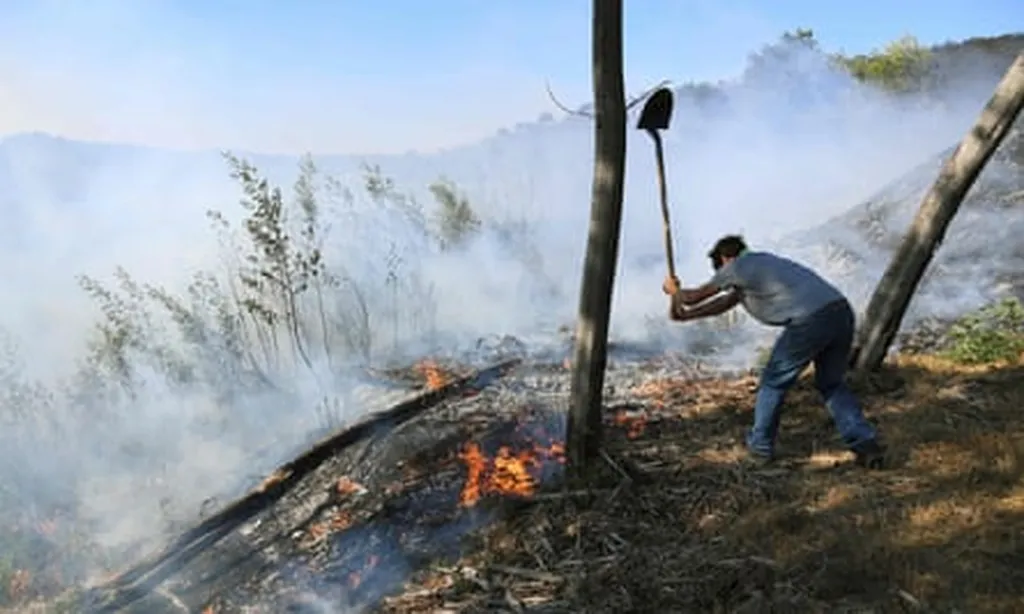In the heart of the Southeastern United States, a silent battle is brewing, one that pits the necessity of prescribed burns against the looming specter of climate change and its impact on air quality. As land managers across the region grapple with the need to mitigate wildfires and achieve ecological goals, a new study led by Megan M Johnson of North Carolina State University’s Department of Civil, Construction, and Environmental Engineering sheds light on the complex interplay between prescribed fire, wildfire smoke, and climate change.
Prescribed burning, a practice long used to manage forests and reduce the risk of wildfires, is facing an uncertain future. Climate change is altering the frequency of acceptable weather conditions for these controlled burns, potentially restricting their use. “The challenge is to balance the ecological benefits of prescribed fire with the need to manage smoke impacts, especially as our climate changes,” Johnson explains.
The study, published in the journal Letters of Environmental Research, delves into the air quality impacts of both prescribed fires and wildfires in the Southeast. It reveals that prescribed fires are responsible for a significant portion of regional particulate matter pollution, a finding that has implications for public health and regulatory compliance. The research also highlights that populations most exposed to smoke tend to be those with higher fractions of people of color and lower income, raising important questions about environmental justice.
For the energy sector, the findings are particularly relevant. Power plants and other energy infrastructure are not immune to the impacts of smoke and poor air quality. Increased smoke from wildfires and prescribed burns can lead to operational disruptions, increased maintenance costs, and potential regulatory penalties. Moreover, as the region’s climate changes, energy demand for cooling could rise, further straining the grid.
The study uses advanced chemical transport modeling to project how smoke impacts may vary due to climate change and different land manager responses. Depending on how managers adapt, prescribed fire smoke could decrease in heavily burned areas or increase across much of the Southeast. This variability underscores the need for flexible, adaptive management strategies.
Johnson’s work also considers the potential impact on recently updated air quality standards. As the region’s climate evolves, so too must its approach to land management and air quality regulation. “We need to start thinking about how we can integrate climate change considerations into our land management practices,” Johnson says. “This means not just looking at the immediate benefits of prescribed fire, but also considering the long-term impacts on air quality and public health.”
The research provides a roadmap for future developments in the field, emphasizing the need for interdisciplinary collaboration and adaptive management. As the Southeast continues to grapple with the impacts of climate change, the insights from this study will be invaluable in shaping policies and practices that balance ecological needs with public health and economic considerations. The energy sector, in particular, will need to stay abreast of these developments, ensuring that its infrastructure and operations are resilient in the face of a changing climate and evolving regulatory landscape.

